Couples Therapy
Together let’s take steps towards improving your relationship, enhancing communication, and deepening connection.
My approach to couples therapy
1. Slow Down the Cycle
Many couples come in stuck in a loop. Whether it is fighting about the same things, walking on eggshells, or feeling more like roommates than partners. Our first step is to slow things down and make sense of what's actually happening underneath the surface. We’ll identify the patterns, pain points, and unmet needs that fuel disconnection.
2. Strengthen the Foundation
Once we understand the cycle, we shift toward strengthening your connection. This might involve rebuilding trust, improving emotional attunement, setting healthy boundaries with outside influences (like family or work), and re-learning how to communicate in a way that feels safe and respectful for both of you.
3. Move Forward—Together
From here, we build toward lasting change. That means practicing new tools in real time, working through stuck spots with greater insight, and aligning around shared goals. Whether it’s deepening intimacy, resolving conflict, or learning to reconnect after betrayal, therapy becomes a space where both partners feel seen, valued, and empowered.
Modalities I use for couples therapy
Gottman Method
The Gottman Method is a research based approach to couples therapy that focuses on strengthening friendship, managing conflict constructively, and creating shared meaning. It helps partners build trust and emotional connection through practical tools like the Sound Relationship House, emotion focused communication, and conflict deescalation techniques. The model also identifies and works to reduce negative patterns, such as the “Four Horsemen” (criticism, defensiveness, contempt, and stonewalling), that predict relationship breakdown.
Experiential
This approach to therapy focuses on accessing and processing emotions through present moment experiences, rather than just talking about problems. It often incorporates creative techniques such as role play, body awareness, and symbolic work to help uncover and shift stuck emotional patterns. At the core of this model is the belief that healing happens through a genuine, human relationship. The authentic connection between therapist and client is not just a backdrop, but a key driver of change, creating a space where clients feel truly seen, supported, and challenged. This foundation of trust and emotional safety allows for deeper exploration, self discovery, and lasting growth.
Systems Theory
Systems theory in therapy views individuals not in isolation, but as part of larger, interconnected systems such as families, relationships, communities, and cultures. It recognizes that our thoughts, emotions, and behaviors are shaped by the roles we play and the patterns of interaction we’re part of. Rather than focusing solely on internal struggles, this approach explores how communication dynamics, feedback loops, and relationship patterns influence your experience. The goal is to shift unhelpful cycles, improve relational functioning, and support healthier, more adaptive systems, whether that’s within a family, a couple, or a broader social network. In short, change in one part of the system creates ripple effects throughout the whole.
Schedule a Free Consultation
Typically I’m able to see new clients within 7 days of inquiring.

